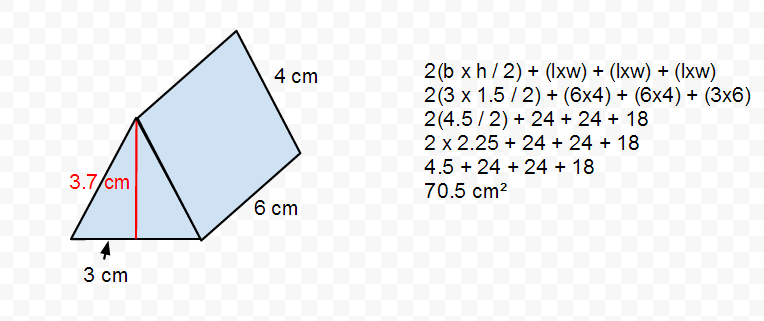


An alternative is offered through the calculation of the fractal dimension using the revised triangular prism surface area method, or revised triangular prism method (RTPM) in short. Furthermore, it cannot be seen as a direct way of calculating the fractal dimension. In our opinion, fractal dimension as calculated from the fBm model heavily depends on the quality of the variogram as calculated from the dataset. (1997), the most important difference is that self-similar methods are sensitive to horizontal and vertical variations, while self-affine methods are only sensitive to vertical variations. Furthermore, care should be taken when comparing both methods, as fractal dimensions from self- affine methods indicate similarity of the fractal curve to noise, while fractal dimensions from self-similar methods are a measure of the shape complexity. For self-affine fractals, units and/or scaling of variation along the axes are different, while self- similar fractals show the same units and the same scaling along the axes. (1997) presented some of the differences between self-affine and self-similar fractals. Other methods, like the ruler method or the box counting method, are methods for calculating self-similar fractals. The fractal dimension, as calculated by the variogram approach, is a self-affine fractal. The separation point between the fBm and MG models can be determined by minimizing the sum of squared errors between the predicted and calculated variograms at the overlapping zone (Huang and Bradford, 1992).

As the fBm model and the MG model apply to different portions of the logarithmic transformed variogram, the models can be used to describe the roughness function at different scales, with the fBm model describing differences in small-scale roughness and the MG model explaining large-scale roughness. Both σ 2 and L can be used as a roughness index. For h << L, the function γ ( h ) can be approximated by a straight line with slope s = 1. The log-transformed function shows a varying slope between 0 and 1. σ is the variance, and L is the correlation length scale.


 0 kommentar(er)
0 kommentar(er)
